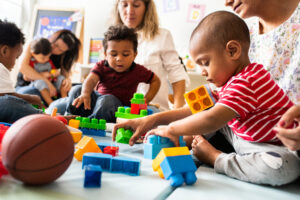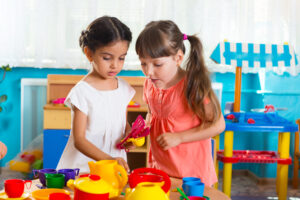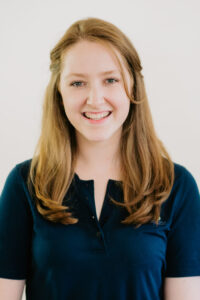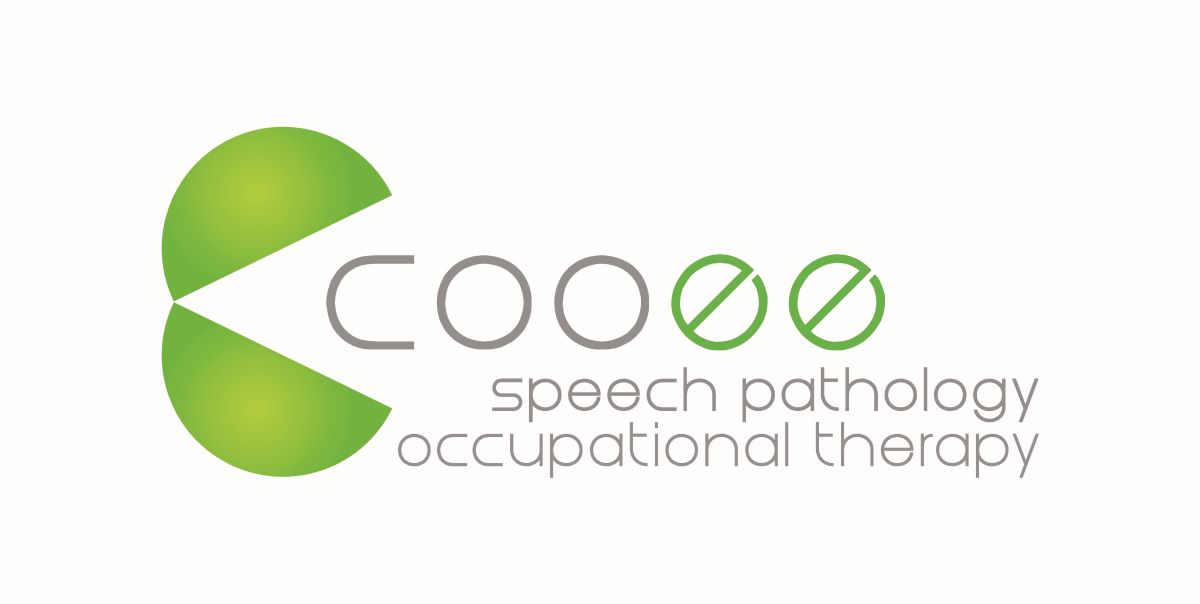How Speech Sounds develop in first 5 years
As children learn to speak, they inevitably make mistakes as they try to pronounce new sounds, and different sounds have different ages where children typically start to be able to say sounds accurately.
While all children develop at their own pace, being aware of speech sound production developmental patterns can help to make sure a child is learning to say all the sounds they need to be able to communicate successfully with others.
| 12 – 18 months
 As children begin to speak.. often their errors are adorable, and they spend lots of time listening, practicing words and imitating their caregivers! As children begin to speak.. often their errors are adorable, and they spend lots of time listening, practicing words and imitating their caregivers!
About 25% of speech should be understood by familiar people |
|
|
At 12 months, Children can:
- Babble strings of sounds e.g. mamama, upupup
|
At 12 months many children still find it difficult to:
- Make sounds made with the teeth and tongue (e.g. t, n, k)
|
|
2-3 years
 In the toddler years, speech begins to become more consistent, and slowly – clearer! In the toddler years, speech begins to become more consistent, and slowly – clearer!
About 50-75% of speech should be understood by familiar people. |
|
|
At 2, children can:
- Say the following sounds in words: m, n, h, w, p, b, t, d, k, g, f
- Say 1-2 syllable words (e.g. cookie)
|
At 2, children may still:
- Drop the final sound e.g. cat → ca
- Repeat a sound in a word e.g. bunny → nunny
At 3, children may still:
- Say a back sound at the front of the mouth e.g. car → tar
- Say a long sound as a short sound e.g. zoo → do
- Drop a syllable e.g. banana → nana
Many children still find it difficult to:
- Produce two consonant sounds together in a blend e.g. play → pay
- Say the “s” or “z” sounds without their tongue poking between their teeth (i.e. an interdental lisp)
|
|
4 – 4.5 years

As children get ready for formal schooling, by now their speech is clearer, their sentences much longer, and they are beginning to understand that words are both spoken – and written!
Their speech clarity skills form the foundation for learning to spell and read accurately.
About 95-100% of speech should be understood by both familiar and unfamiliar people |
|
|
By 4, children can:
- say the following sounds in words: y, v,
- produce longer words (e.g. crocodile, tomato)
Children may still be learning to say the following sounds accurately: s, sh, ch, j, ng, z, l |
At 4, many children still find it difficult to:
- Accurately say: r, th, zh (e.g.beige)
- Produce two consonant sounds together in a blend with a “s” sound e.g. spoon → poon
|
|
5+ years

At this age, all the future growth is focused on developing more complexity in language skills, and by now, all speech is generally able to be understood by both familiar and unfamiliar people. |
|
|
By 5, children can:
- Say almost all sounds accurately Produce two consonant sounds together in a blend e.g. st, gr
|
By 5, children may still:
- Say “w” for “r” e.g. rabbit → wabbit
- Say “f” for “th” e.g. thumb → fum
|
When should parents seek support for their child’s speech?
Parents can monitor, as a percentage, how much of the time they, and other people can understand their child.
If a child is 3 or 4, and parents notice they, or others, have difficulties understanding the child most of the time, you can contact our Client Care team to connect with a Speech Pathologist. Speech Pathologists are trained professionals who can help children develop the speech sounds they need to communicate.

Written by Robbie Corgat
Speech Pathologist
References
https://www.asha.org/public/speech/disorders/speech-sound-disorders/
https://www.speechpathologyaustralia.org.au/Public/Public/Comm-swallow/Speech-development/Speaking-4-plus-years.aspx
https://www.speechpathologyaustralia.org.au/Public/Public/Comm-swallow/Speech-development/Speaking-3-years.aspx


 As children begin to speak.. often their errors are adorable, and they spend lots of time listening, practicing words and imitating their caregivers!
As children begin to speak.. often their errors are adorable, and they spend lots of time listening, practicing words and imitating their caregivers! In the toddler years, speech begins to become more consistent, and slowly – clearer!
In the toddler years, speech begins to become more consistent, and slowly – clearer!
